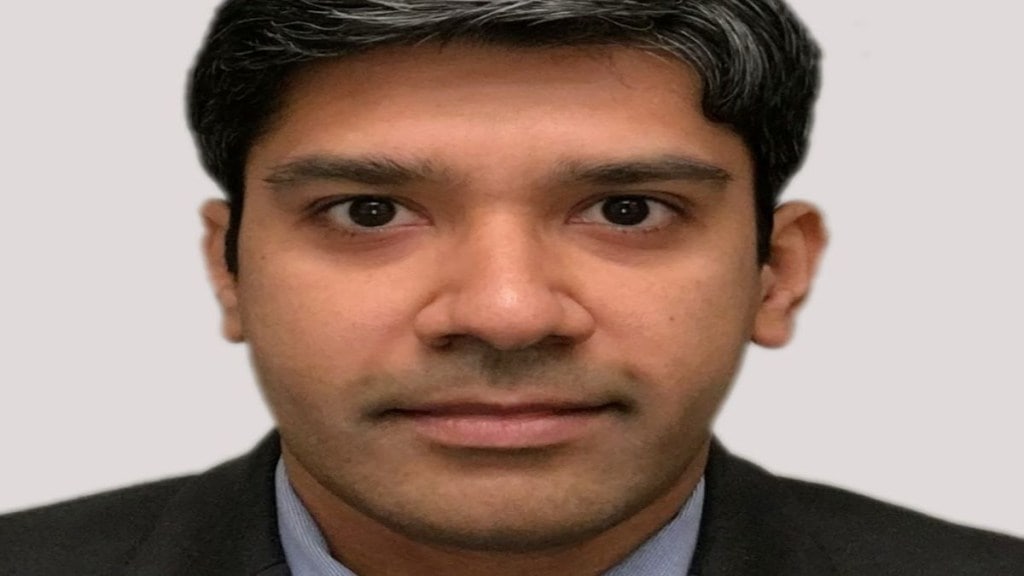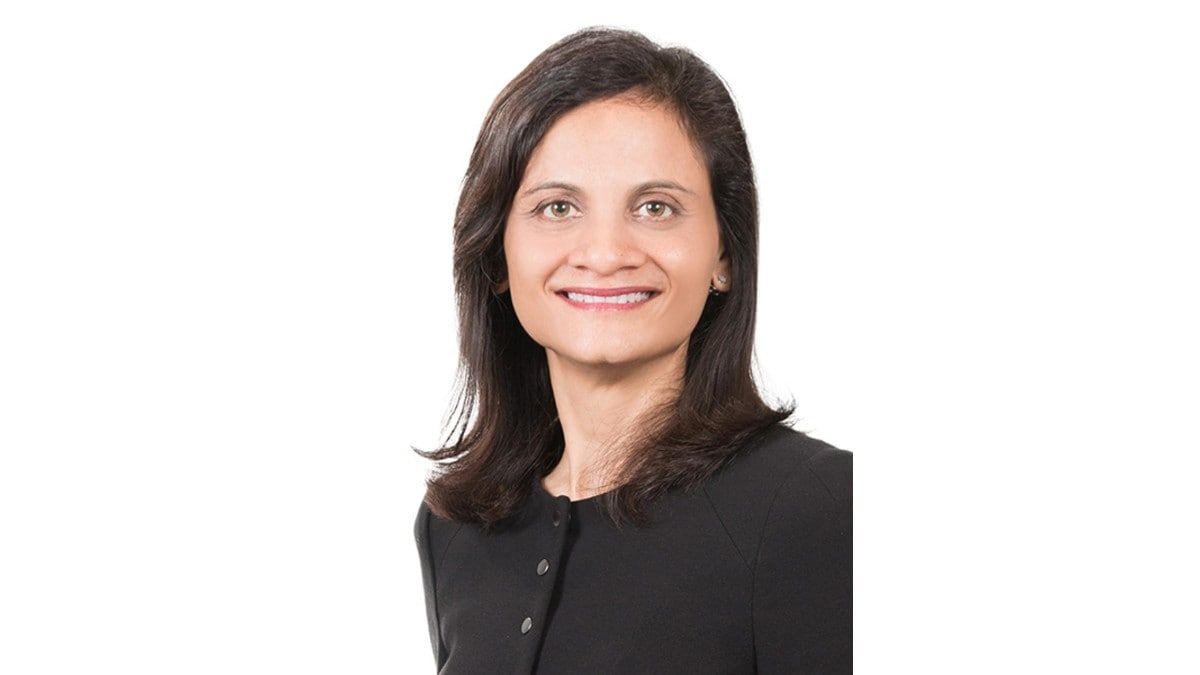Diabetes continues to be a major burden in India. According to the Indian Council of Medical Research – India Diabetes (ICMR INDIAB) study published in 2023, the prevalence of diabetes is 10.1 crores.
The World Health Organization (WHO) maintains that Diabetes is a chronic disease that occurs either when the pancreas does not produce enough insulin or when the body cannot effectively use the insulin it produces. Insulin is a hormone that regulates blood sugar.
Experts maintain that while managing a chronic condition like diabetes can be challenging, people can take a holistic approach to keep their glucose levels in check by modifying their lifestyle, exercising regularly, eating well, and monitoring their glucose levels.
According to experts, tracking blood glucose levels has become more simple with with technological advancements like continuous glucose monitoring (CGM). In an interaction with Financial Express.com, Dr. Prashanth Subramanian, Head of Medical Affairs, Emerging Asia & India, Diabetes Care, Abbott talked about the status of diabetes in India, how the treatment and management of diabetes has evolved over the years, the importance of CGM in diabetic care and among others. Excerpts:
We understand as per the ICMR-INDIAB study, there are now over 100 million people in India living with diabetes. Could you expand on the current diabetes status in India?
The current diabetes landscape in India presents a significant public health challenge. As per the ICMR-INDIAB study 101 million people are living with diabetes in India and an additional 136 million are in pre-diabetic stage. Over the past decade, there has been a marked 44% increase in diagnosed cases. The escalating trends can be attributed to factors like demographic shifts, urbanization, sedentary lifestyles, and dietary habits. Addressing this public health concern requires collaboration among healthcare providers, policymakers, technology developers, and communities to implement comprehensive strategies for prevention, early detection, and management.
Could you elaborate on what are the challenges that India is facing with respect to treatment and management?
In the Indian healthcare paradigm, challenges like limited access to quality care in remote areas and distrust in healthcare systems persist. This leads to treatment disparities, especially among underserved populations. Today, transformative advancements in connected health technologies, like continuous glucose monitoring (CGM), are reshaping care delivery. CGMs, which allow people with diabetes to see their glucose levels in real-time by wearing a small sensor on the upper arm for up to 14 days, offer timely insights for proactive management of diabetes in the comfort of one’s home. Integrated with smartphones, CGMs improve healthcare accessibility. They can foster patient trust by facilitating early detection of acute diabetes events and enables continuous connectivity with caregivers and doctors. Real-time insights can empower patients to make informed lifestyle decisions, promoting proactive health management. CGM systems facilitate personalized learning, supporting patients in adapting behaviors over time. While not a one-size-fits-all solution, CGM integration empowers individuals to take control of their health journey, showcasing technology’s potential to support patient-centric care.
So how do you see what has been the role of Abbott in India’s diabetic landscape over the years? And how do you see India’s growing incidence of diabetes as a market opportunity to bring out more products for better patient care?
As a global leader in diabetes care, Abbott is committed to developing high-quality solutions that empower people to live their lives fully. We provide comprehensive solutions across the diabetes journey helping people manage the condition through right nutrition, continuous glucose monitoring and medicines for better adherence. Specific to monitoring, we have witnessed significant progress, starting from the availability of traditional glucometers to the launch of continuous glucose monitoring (CGM) systems in 2015. However, our most significant development, introduced last year has been our connected FreeStyle Libre digital ecosystem. Unlike before, where patients had to manually scan and transfer data using separate devices, our connected digital health toolintegrates a desktop portal and smartphone apps for both patients and caregivers. This enables instant relay of information, ensuring that healthcare professionals have real-time access to their patients’ data. Looking ahead, we see India’s growing incidence of diabetes as a reason to serve patients and bring in more life changing tech solutions. As technology continues to evolve, we are committed to introducing newer innovations and solutions to meet the evolving needs of patients and improve health.
So in recent years, CGM technology is being used by non-diabetic people also. How do you see that? Is it necessary for a person who is not suffering from diabetes to monitor glucose regularly?
We’re entering a time when technology can put personalized information in people’s hands, helping them stay healthy, have energy, and live the life they want. Real-world data from more than a million people show that FreeStyle Libre technology helps people with diabetes improve their glucose control, lower their HbA1Cs, decrease diabetes-related hospital admissions, and improve their quality of life. Emerging science is indicating there are benefits of glucose management for consumers too – ranging from maintaining a healthy weight to improved metabolic health and even improved sleep. Abbott recently launched a consumer biowearable in the UK, called Lingo that provides people with a window into their bodies, empowering them to make lifestyle changes to improve their overall health and wellness. Through the biosensor and app, Lingo monitors a person’s glucose in real-time, identifying how things like sleep, stress, exercise, nutrition and life’s daily stresses can impact their metabolic health. Having poor metabolic health can impact the prevention of chronic diseases such as cardiovascular disease, diabetes, Alzheimer’s and cancer. Lingo gives people the opportunity to proactively prevent serious illness. The system is not intended for medical use and is not intended for use in screening, diagnosis, treatment, cure, mitigation, prevention, or monitoring of diseases, including diabetes.
In India, what has been the trend of CGM usage and what feedback you have gotten? Additionally, you mentioned the connected care ecosystem – Are you planning to look in that direction more to make it more feasible for people with diabetes?
In India, the trend of CGM usage has seen a gradual incline since its introduction in 2015. This surge is indicative of CGM technologies putting patients at the center of their health, enabling them to live fuller lives. The convenience of CGM devices and the real-time updates from the comfort of their homes has further contributed to this growth. The ability to stay seamlessly connected to their caregivers or doctors has fostered a collaborative approach to diabetes management, increasing usage.
Any product launches, if you could share?
Our focus is on the FreeStyle Libre digital platform, which was launched last year. This platform aims to empower people to better manage their diabetes through easy monitoring, easy insights, and easy connection. The FreeStyle LibreLink app enables people with diabetes to see their glucose data in real-time on their smartphones (iPhone & Android), and easily share the information with their doctors and caregivers. The mobile app uses near-field communication (NFC) technology to transfer glucose data from the sensor to the mobile app, allowing people to help track eight-hour glucose history, real-time trend patterns to manage food, insulin use, medication and exercise on their smartphone. Our top priority is to ensure people with diabetes know and understand the benefits that this technology brings to them.
With respect to type 1 diabetes and diabetes in pregnancy, what special attention do they need to focus on when it comes to monitoring and management? And what role is Abbott playing in this space?
Attention is essential for monitoring and managing Type 1 diabetes and diabetes in pregnancy due to their unique challenges. Abbott’s continuous glucose monitoring can significantly contribute to effective diabetes management in these cases. In the case of Type 1 diabetes, early use of CGM can been instrumental, as patients often experience fluctuating glucose levels due to insulin dependence. This enables people with Type 1 diabetes to proactively manage their condition and reduce the risk of complications. For people with gestational diabetes, strict adherence to treatment goals is vital for the well-being of both mother and baby. Studies indicate that even slight improvements in glycemic control can lead to significant benefits, such as reducing the risk of large or macrosomic births. Continuous glucose monitoring (CGM) technology plays a crucial role in achieving these goals by providing continuous and accurate glucose monitoring, alleviating mothers’ concerns about their glucose levels and enabling better management without frequent interventions.








